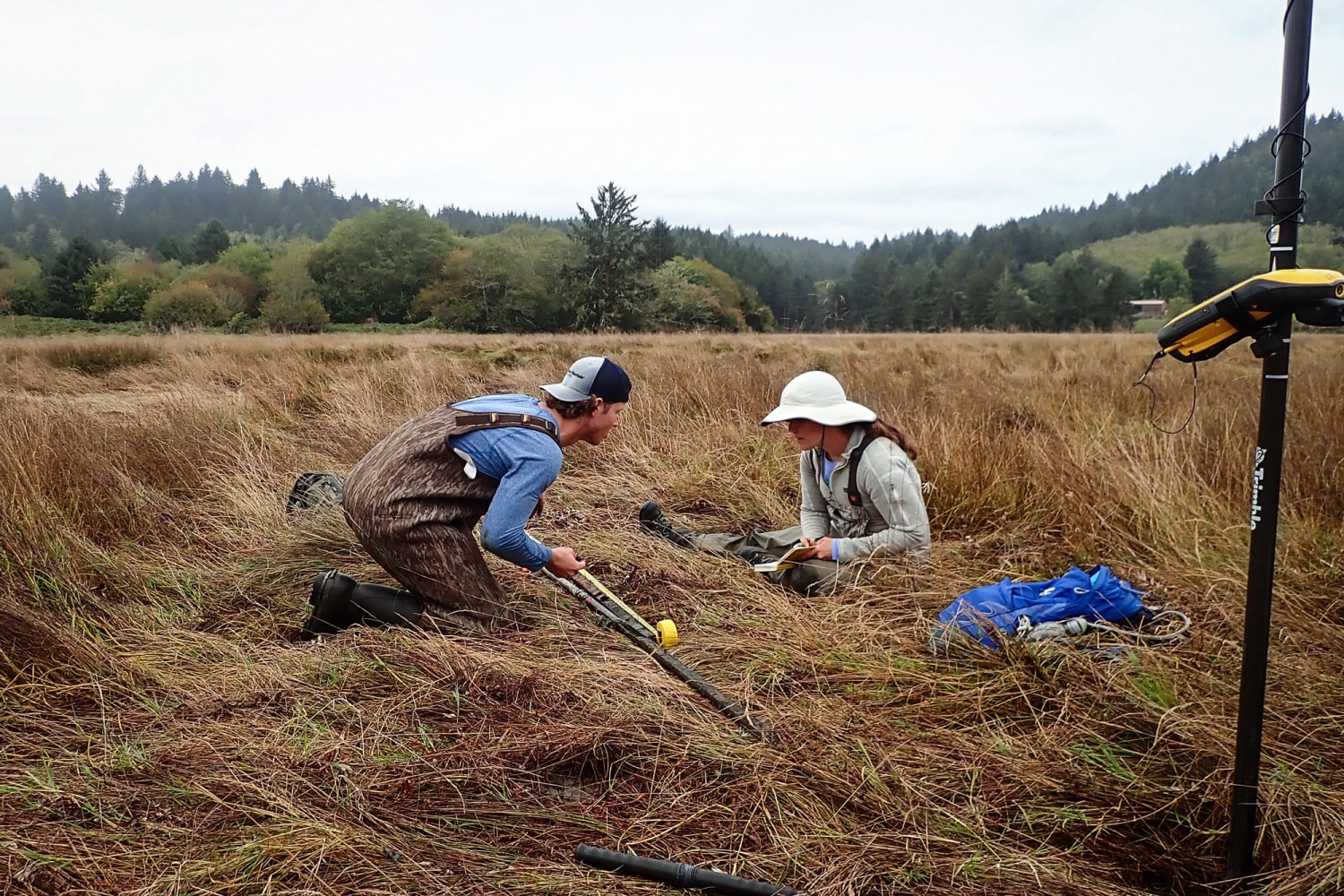West Coast could shake violently for five minutes, and tsunami waves as tall as 100 feet could barrel toward shore. But that's just the start of the expected horrors. Even if coastal towns in Northern California, Oregon and Washington withstand that seismic onslaught, new research suggests, floodwaters could seep into many of these vulnerable communities for good.
That's because entire coastal shorelines are expected to drop by as much as 61⁄2 feet when the earthquake strikes, according to new research published Monday in the Proceedings of the National Academy of Sciences. Researchers analyzed seismic and flood modeling to produce some of the most detailed estimates of how the Cascadia earthquake would drop — or subside — coastal shorelines and found that it could affect more than double the number of people, structures and roads currently at risk. The effect will also worsen over time, as intensifying climate change raises sea levels further.

"This lesser talked about hazard is going to persist for decades or centuries after the earthquake," said Tina Dura, the study's lead author. "The tsunami will come in and wash away and it's going to have big impacts, don't get me wrong, but the lasting change of the frequency of flooding ..
. that's going to have to be dealt with." A team operates a vibracore rig in Siletz Bay, Ore.
, to collect deep sediment cores for tsunami deposit and paleoseismic analysis in 2022. The cores will help researchers better understand the history of past great earthquakes along the Cascadia subduction zone. Tina Dura Dura said geologic fossil evidence shows that previous Cascadia earthquakes immediately dropped the land level and turned dry ground into tidal mudflats in estuaries along the Pacific Northwest.
"That's going to happen again and we've built up a lot of those areas," said Dura, who is an assistant professor of geosciences at Virginia Tech University. "That's how we have ports..
. Evan Bush.
Top

Cascadia subduction zone earthquake could be even worse than feared

When an earthquake rips along the Cascadia Subduction Zone fault, much of the U.S. - www.nbcnews.com











